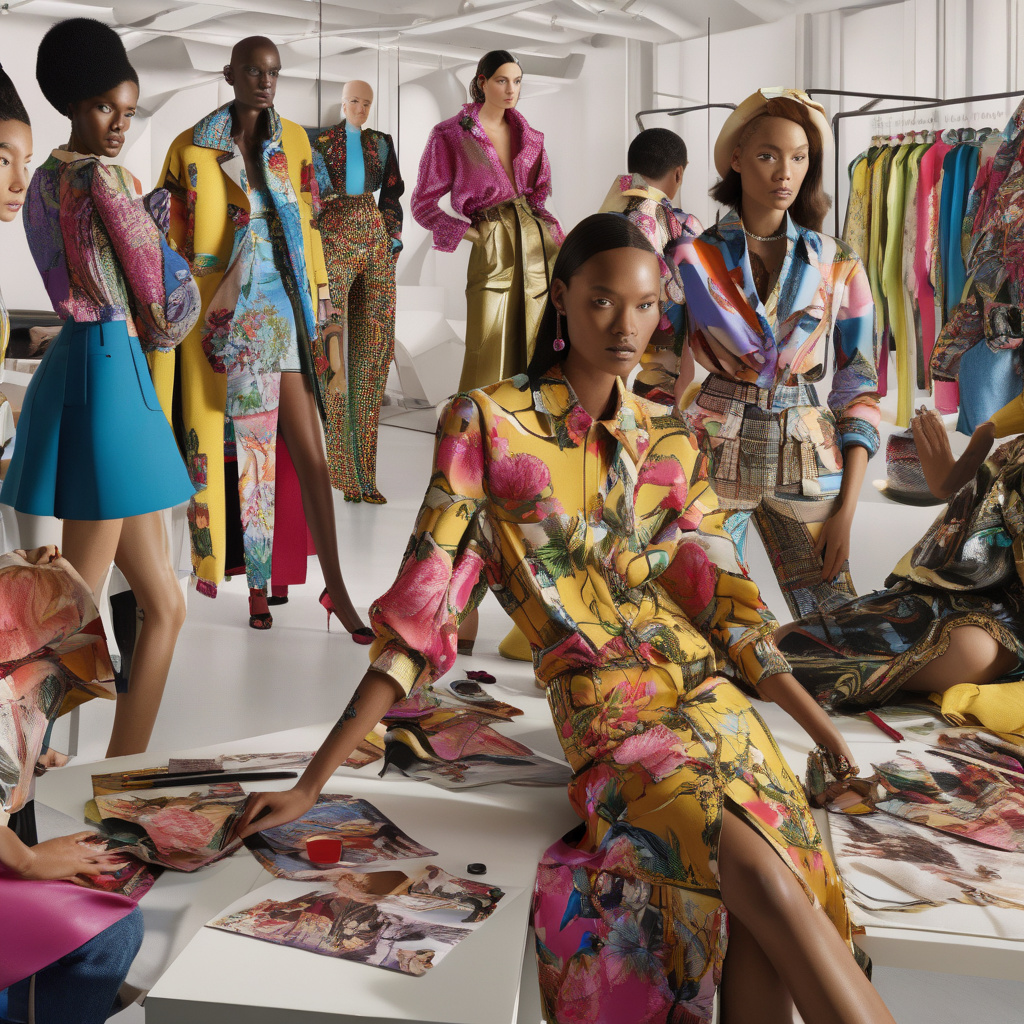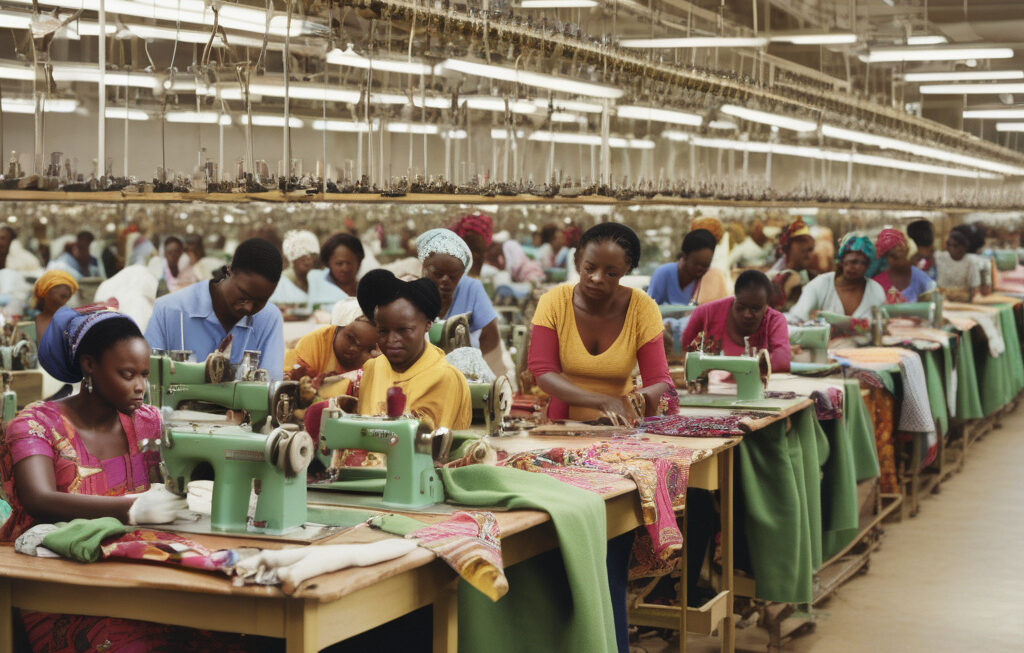With the Trade War on Pause, Here’s What’s Next for Fashion
The fashion industry recently witnessed a glimmer of hope as the United States and China decided to ease the tension in their ongoing trade war. This announcement brought a collective sigh of relief from fashion brands and retailers who have been grappling with the repercussions of tariffs and trade uncertainties. However, despite the temporary truce, the industry is well aware that it cannot rest on its laurels just yet.
The trade war between the world’s two largest economies has had far-reaching effects on the fashion sector. From disrupted supply chains to increased production costs, the uncertainty caused by the tit-for-tat tariffs has forced many companies to rethink their sourcing strategies and business models. With the recent de-escalation of tensions, there is a sense of cautious optimism in the air. But what does this mean for the future of fashion?
One of the immediate impacts of the trade war pause is a potential stabilization of costs for fashion brands. The threat of additional tariffs being imposed on Chinese goods had led many companies to stockpile inventory and seek alternative sourcing options, both of which come with their own set of challenges and costs. With the prospect of tariffs being lifted or reduced, brands can now revisit their pricing strategies and supply chain operations with a bit more clarity.
Moreover, the pause in the trade war could also pave the way for increased collaboration and innovation within the fashion industry. Over the past few years, the uncertainty surrounding trade relations has hindered long-term planning and investments in research and development. Now, with a temporary ceasefire in place, companies can focus on fostering creativity and pushing the boundaries of design without the looming threat of sudden cost increases.
Additionally, the respite from trade tensions presents an opportunity for fashion brands to reassess their sustainability initiatives. The environmental impact of global supply chains has come under increased scrutiny in recent years, prompting many companies to explore more eco-friendly practices. By taking advantage of this period of relative stability, fashion brands can double down on their commitments to sustainability and ethical sourcing, thereby appealing to an increasingly conscious consumer base.
However, despite the positive outlook, it is essential for fashion companies to remain vigilant and adaptable in the face of potential future trade developments. The US-China trade war has proven to be unpredictable and subject to sudden escalations, and there is no guarantee that tensions will not resurface in the future. As such, fashion brands should use this period of calm to fortify their operations, diversify their supply chains, and invest in building resilience against future trade shocks.
In conclusion, while the temporary truce in the US-China trade war has provided some much-needed breathing room for the fashion industry, the road ahead remains uncertain. By leveraging this period of stability to drive innovation, enhance sustainability efforts, and shore up their operations, fashion brands can better position themselves to navigate future challenges and emerge stronger in the ever-evolving global marketplace.
trade war, fashion industry, US-China relations, sustainability, supply chain











